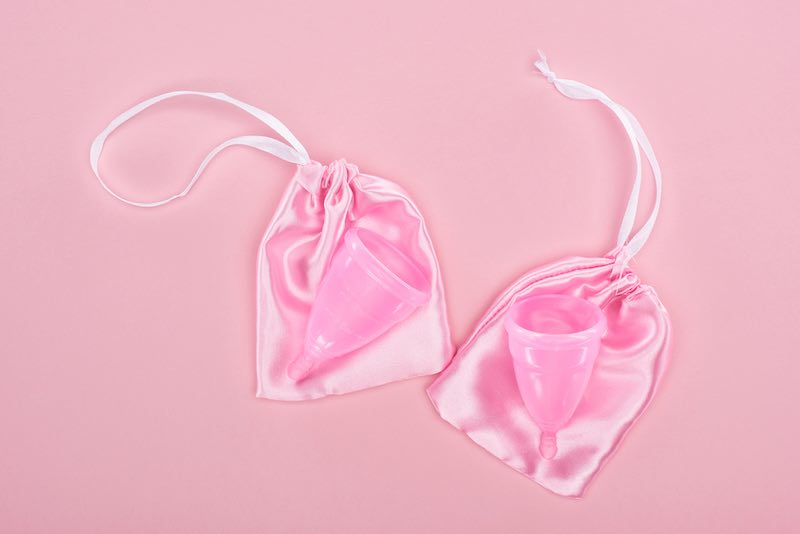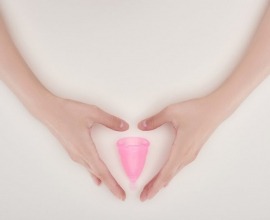Using a Cup or Disk Productively, and Safely, While TTC
Trying to conceive around the holiday season this winter sounds alluring and romantic, especially as a way to celebrate you and your partner alongside gift sharing. Yet, you ought to consider the following advice when choosing to use a menstrual cup or disk to facilitate the spirit of the occasion so that you avoid complications down the line.
Choosing the right menstrual cup or disk
The brand LUMMA proudly makes medical-grade silicone cups and disks and offers one free with every purchase. They stand out amongst other brands because of this and, more importantly, because their disks and cups coordinate to cervix height. That means, where other companies only offer two sizes, LUMMA can offer ten alternate sizes of cups based on these factors:
H – high cervix
M – medium cervix
s – short cervix
B – given natural birth
+ – heavy flow
Have you tried a menstrual cup or disk already? If so, congratulations, you are one of ten that has been fortunate enough to learn about this amazing invention. Out of high-income countries, studies have seen only up to a third of the female population knows that cups exist, with as low as 11% of the female population in some instances.[1] Because of the multipurpose use these cups can serve, there is now no reason that they should be left out of educational websites or books that address reproductive systems.

Learning to release the suction correctly to prevent prolapse
When the Royal College of Gynaecologists and Obstetricians say prolapse affects 40% of woman over the age of 40, taking medical advice from professionals to avoid this condition would be absolutely advisable. No doubt! Kate Lough from the Chartered Society of Physiotherapists has stated clearly that some instructions for use can actually do detrimental damage after monthly repetition. She advises to break the suction simply by inserting a finger past the cup so that you avoid bearing down and stretching. In essence, using your pelvic muscles to push the cup closer to your fingers is a no-no.[2]
Using the cup or disk to incubate your sperm
They work just as well for baby-making as they do for periods. A menstrual disk or cup can hold your sperm in place very close to the cervix where they can incubate in an ideal environment for up to twelve hours. Remember that, if your partner ejaculates directly into the little receptacle, air exposure prevents any sperm from living past twenty minutes once that fluid exits the body.[3] If you both are climaxing via intercourse, simultaneously or her after him, simply make sure she utilizes her pelvic muscles to pull the deposit back and then inserts the disk or cup. Generally, by creating a little oasis for these DNA bundles to hang out, you inadvertently give them a second shot at fertilization.
Trust us, everybody is rooting for those little buddies to succeed. That is why we have set up our clinic to give you expert advice with less financial stress, coupled with an opportunity to get a traveler’s experience. Your reproductive and mental health is important.
Sources:
[1] Cohut, Maria, and Paula Field. “Menstrual Cups vs. Pads and Tampons: How Do They Compare?” Medical News Today, MediLexicon International, 18 July 2019, www.medicalnewstoday.com/articles/325790.
[2] “Victoria Derbyshire : BBCNEWS : March 15, 2020 3:30pm-4:01pm GMT : Free Borrow & Streaming.” Internet Archive, TV Archive, 15 Mar. 2020, archive.org/details/BBCNEWS_20200315_153000_Victoria_Derbyshire/start/1320/end/1445.2.
[3] Doyle, Charlotte. “How to Get Pregnant Using the Menstrual Cup.” We Have Kids, Channel Maven, 4 Nov. 2019, wehavekids.com/having-baby/Menstrual-Cups-and-Trying-to-Conceive.














